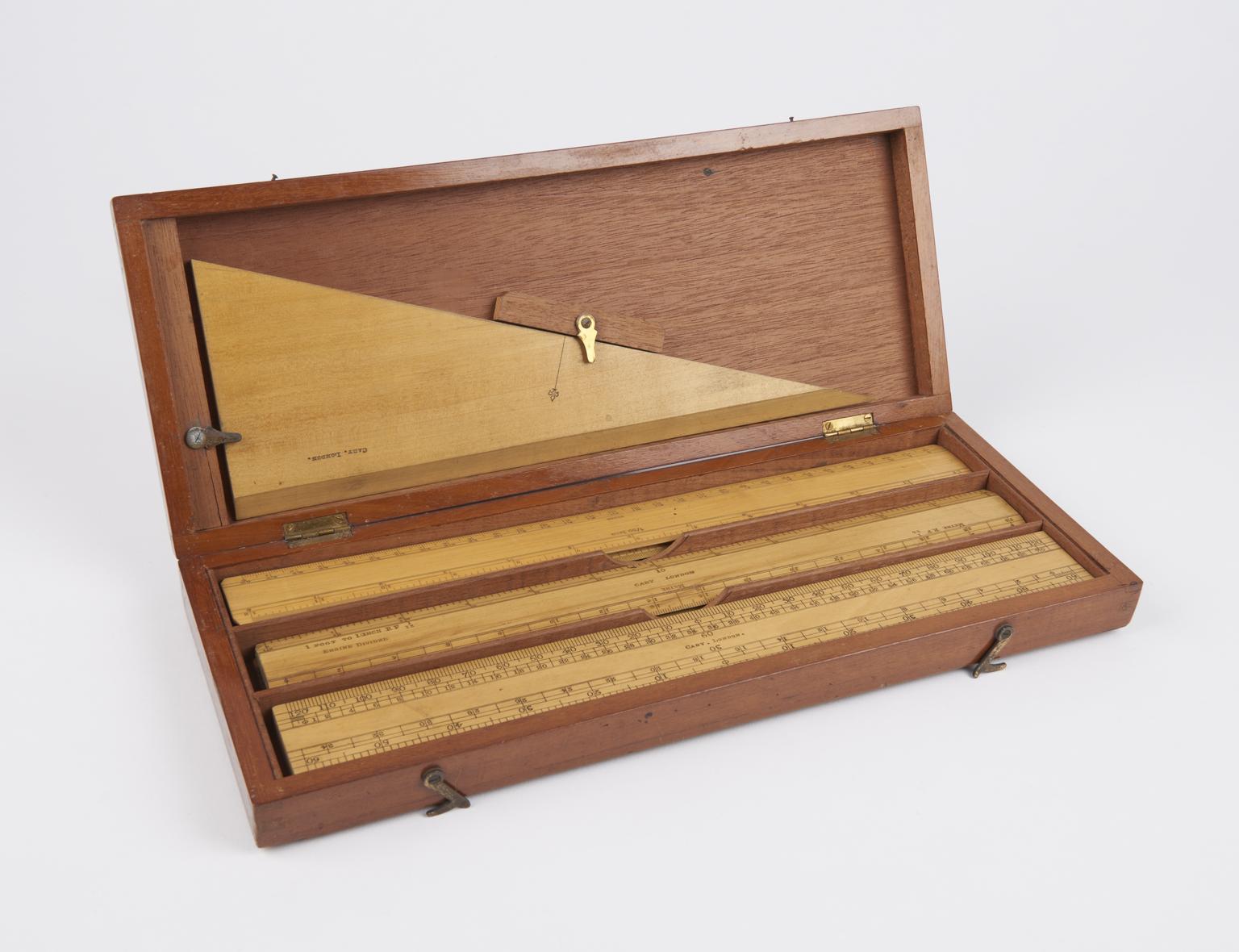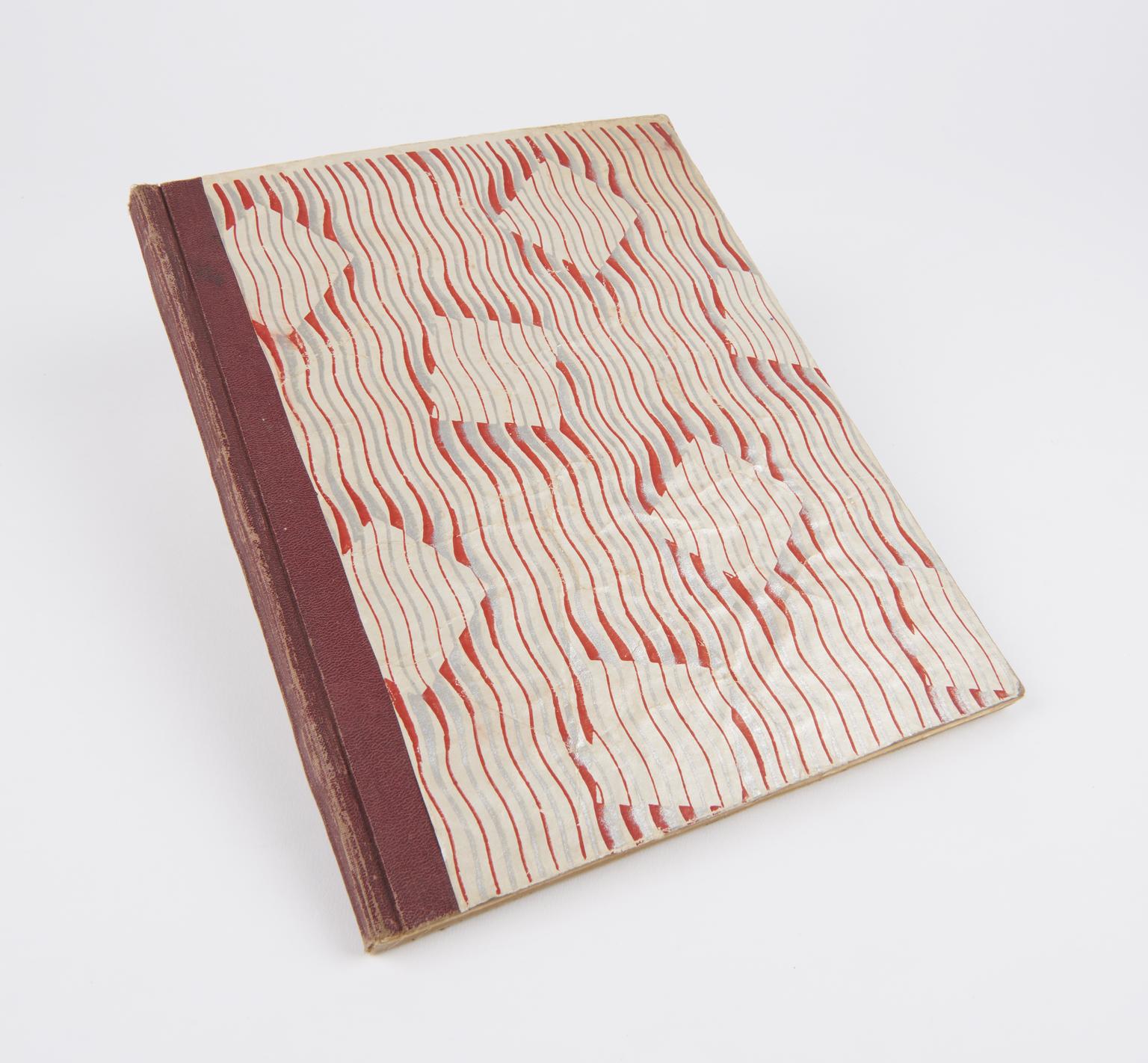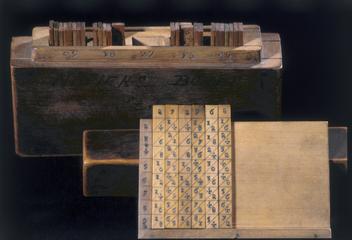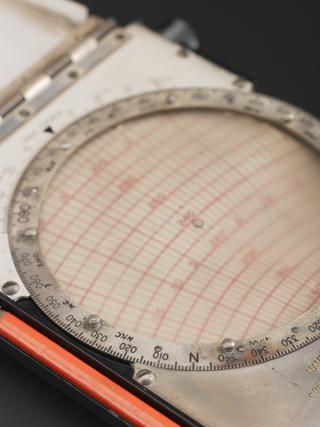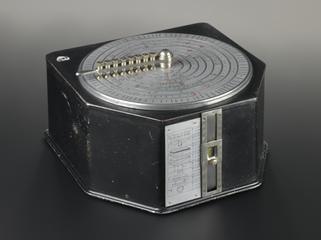Geometry set including set square, protractor, drawing instruments by various makers and plotting scales by Cary, c.1920, with two exercise books containing calculations and chemical 'recipes'.
These instruments and notebooks belonged to Major Julian Frederic Doelberg. After joining the army in 1919, Doelberg passed the exam of the Institution of Electrical Engineers a few years later. Once in the Royal Engineers, the corps of the British Army that provide military engineering and other technical support, he was stationed in Singapore in 1935 (then British colony) as garrison engineer for the Western Defences of Malaya which involved the supervision of various contracts for new construction including the Changi barracks. He most likely used these instruments during his engineering training and the Changi project. Photos taken at the time were donated by Doelberg’s family at the Changi Museum, Singapore and are the only known ones of the site’s initial construction including water buffalo clearing the land.
During World War II, Changi including the Selarang Barracks and Changi prison, was home to civilians, soldiers, and volunteers. Under Singapore’s Japanese occupation (1942-45), it became infamous for holding thousands of Australian and British prisoners of war under squalor conditions until they signed a pledge of non-escape.
Before the start of the war, Doelberg, son of a British mother and a German father who became a naturalised Briton, travelled to Germany to visit relatives. According to his granddaughter, Raine Bryant, during this trip, he spied on German military installations ‘’under his own initiative and proved to be of great help to the Allied cause.’’ During the war, he was deployed to Greece where he was killed in 1941 when German aircrafts bombed the ship in which he was repairing the engine to its way to Crete.
His exercise books include maths calculations and ‘recipes’ for making bombs and explosives showing how mathematics have played a key role in military operations and war. Doelberg’s scientific interests went beyond his professional military engineering training and employment to inventions such as a silent loo flush.









